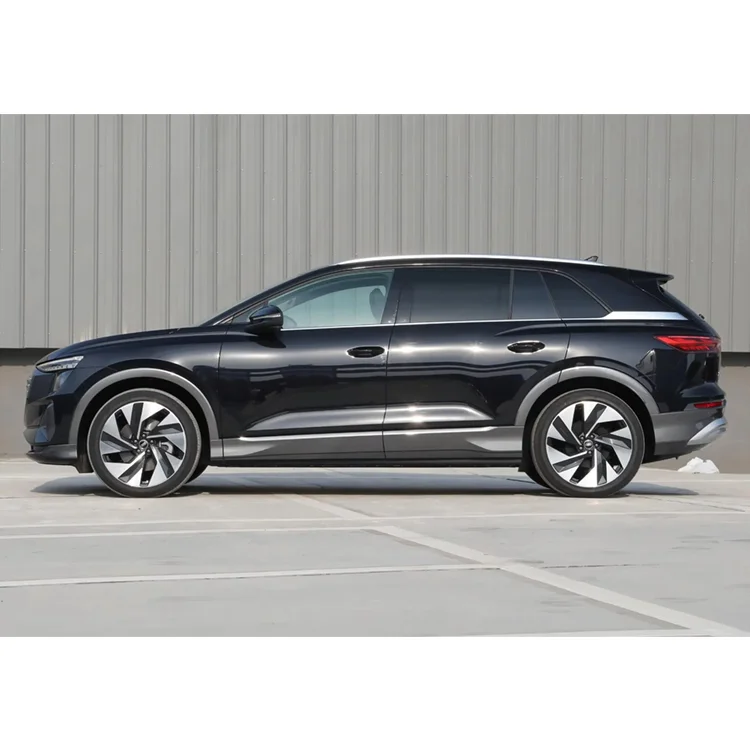
In today's modern world, household chemicals have become an integral part of our daily lives. From cleaning products to personal care items, we rely on these substances to maintain cleanliness and convenience. However, beneath their seemingly harmless exteriors, household chemicals can pose significant hazards to our health and the environment. In this blog post, we will delve into the multifaceted dangers associated with these commonly used substances, shedding light on their potential risks and providing practical solutions for a safer home environment.
- Indoor Air Pollution:
One of the most concerning hazards of household chemicals is indoor air pollution. Many cleaning agents, air fresheners, and even furniture emit volatile organic compounds (VOCs), which can lead to respiratory problems, allergies, and even long-term health issues. These invisible pollutants can accumulate in poorly ventilated spaces, affecting the well-being of everyone in the household. To mitigate this risk, opting for natural and eco-friendly alternatives or ensuring proper ventilation can significantly reduce indoor air pollution. - Skin Irritation and Allergies:
Household chemicals, such as laundry detergents, dish soaps, and personal care products, often contain harsh ingredients that can cause skin irritation and allergies. Chemicals like sodium lauryl sulfate (SLS) and parabens are known to strip the skin of its natural oils, leading to dryness, redness, and even dermatitis. Opting for hypoallergenic and fragrance-free products, as well as reading ingredient labels carefully, can help minimize the risk of skin-related issues. - Environmental Impact:
Beyond the immediate health concerns, household chemicals also have a significant impact on the environment. Many cleaning agents and pesticides contain harmful substances that, when washed down the drain or disposed of improperly, can contaminate water sources and harm aquatic life. Additionally, the production and packaging of these chemicals contribute to pollution and waste. Choosing environmentally friendly alternatives, such as biodegradable or homemade cleaning solutions, can help reduce our ecological footprint. - Poisoning and Accidental Ingestion:
Household chemicals, particularly those used for cleaning and maintenance, pose a serious risk of poisoning if ingested or mishandled. Children and pets are especially vulnerable to accidental ingestion, which can result in severe health complications or even fatalities. Proper storage, labeling, and keeping these substances out of reach are crucial preventive measures. Additionally, educating family members about the potential dangers and implementing childproofing strategies can help minimize the risk of accidents.
Conclusion:
While household chemicals have undoubtedly made our lives more convenient, it is essential to be aware of their potential hazards. From indoor air pollution and skin irritation to environmental impact and accidental ingestion, the risks associated with these substances are multifaceted. By adopting a more conscious approach to product selection, reading labels, and exploring natural alternatives, we can create a safer and healthier living environment for ourselves and future generations. Let's prioritize our well-being and the well-being of our planet by minimizing the use of hazardous household chemicals.







